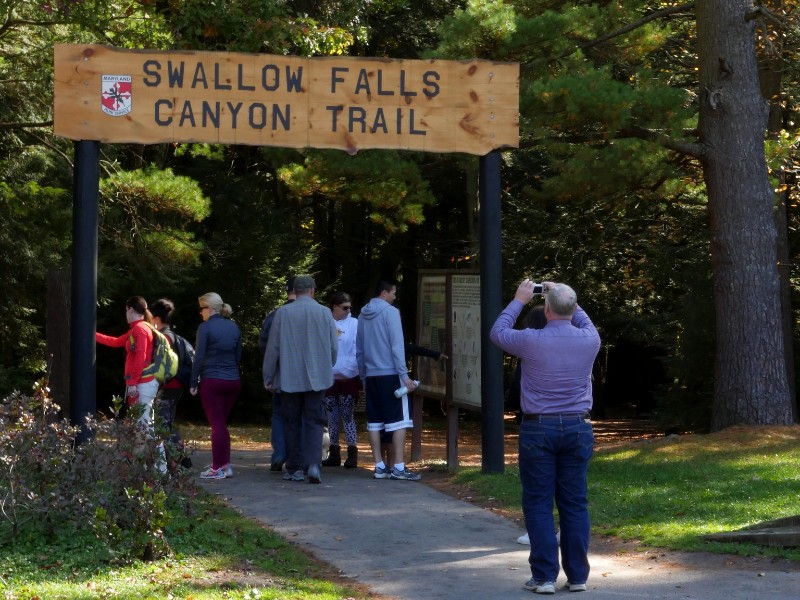The National Park Service recently celebrated 100 years of exemplary park service, preservation of natural resources, and conservation efforts nationwide. By working to preserve our national parks, current and future generations can appreciate the beauty of our natural landscape. One of our former Waxter Interns, Michelle Eshelman, originally from Florida, decided to explore some of these great parks, and see the varied landscape of the state.
Eastern Shore
Assateague Island National Seashore
Assateague Island is a 37 mile long island along the coasts of Maryland and Virginia. Most of the Maryland district is managed by the National Park Service as Assateague Island National Seashore. Assateague State Park is Maryland’s only oceanfront park. It is located on Assateague Island, a barrier island bordered by the Atlantic Ocean on the east and the Sinepuxent Bay on the west. It’s two miles of ocean beaches offer swimming, beachcombing, sunbathing, surfing and fishing. The bayside offers visitors the chance to explore secluded coves by canoe or kayak. The marsh areas have a variety of wildlife, including deer, waterfowl and feral horses.
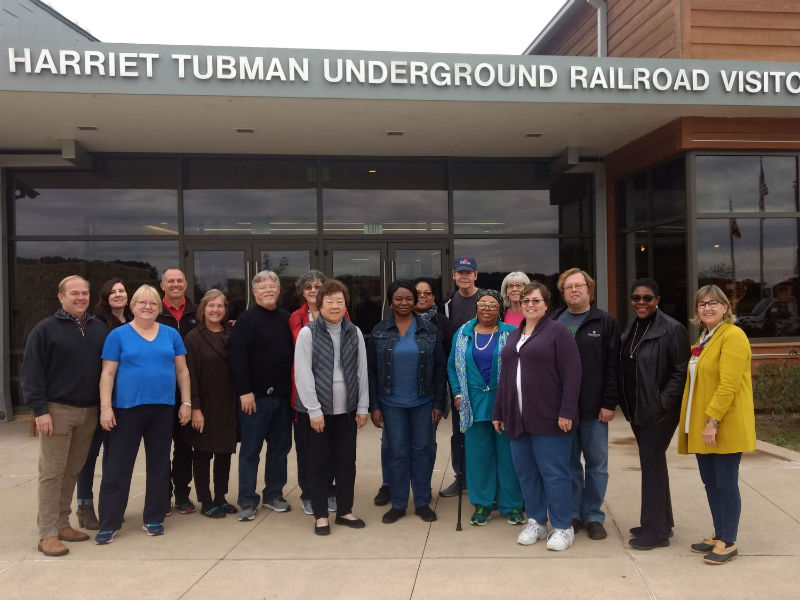
Tour group at the Harriet Tubman Visitor Center, 2018.
Harriet Tubman Underground Railroad National Historical Park
Harriet Tubman Underground Railroad National Monument is a new park. Today, you can explore Underground Railroad history and Harriet Tubman’s story by enjoying the programs, facilities, and events sponsored and operated by our partners. The monument’s boundary encompasses a mosaic of federal and state lands in Dorchester County, Maryland. It includes large sections of land that are significant to Tubman’s early years and evoke her life while enslaved and as a conductor on the Underground Railroad.
Central & Southern Maryland

Diane and Jeff Caslow at Fort McHenry, 2018.
Fort McHenry Park
The Fort McHenry National Monument and Historic Shrine is also known as the birthplace of the National Anthem. The park offers a full Visitor Center, complete with a short 10-minute film, restrooms, exhibits and a gift shop. A tour of the fort can be expected to take about an hour– all self-guided. An entire visit usually requires about two hours. Special Events include The Fort McHenry Guard drill, musket and artillery demonstrations; Living American Flag; National Flag Day; a concert series; Civil War Weekend; Defenders’ Day, and The Star-Spangled Banner Weekend. The summer months include daily ranger talks and weekend living history in the fort.
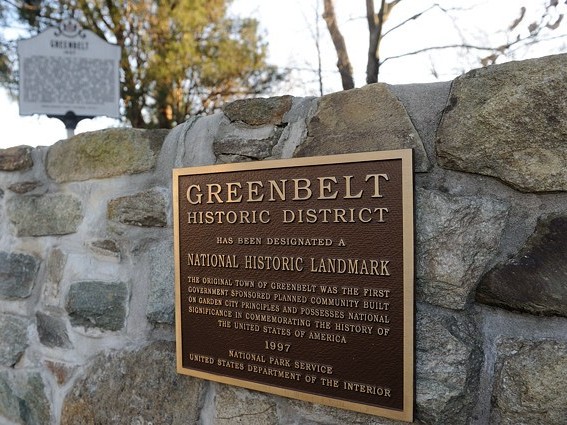
Greenbelt, MD is a National Historic Landmark.
Greenbelt National Park
Just twelve miles from Washington, D.C., Greenbelt Park is located in suburban Greenbelt, Maryland. The park features an expansive campground with specific site reservations. The park also boasts nine miles of historic trails, and three picnic areas. The campground is open all year round. The campground is known for its affordability, safety, peaceful surroundings, and National Park Service hospitality.
Fort Foote Park
Fort Foote was constructed in 1863 atop Rozier’s Bluff to strengthen the ring of fortifications that encircled Washington, D.C. Two of the cannons that protected Washington during the Civil War remain on the site, along with the remnants of the fort’s earthworks. Fort Foote Park is a neighborhood gem in southern Maryland that offers opportunities to explore and interact with history, as well as connect with the beauty of the Potomac River.
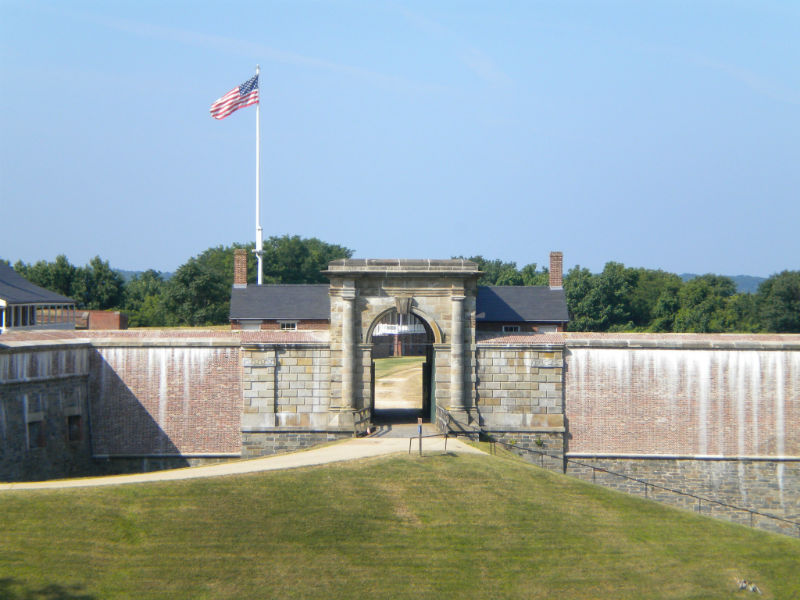
Entrance at Fort Washington. Photo from the National Park Service.
Fort Washington Park
Built to defend the river approach to Washington, DC, Fort Washington has stood as a silent sentry for over 200 years. As technologies advanced so did Fort Washington, from the brick and stone of the 19th century to the concrete and steel of the 20th century. Located 12 miles south of Washington DC in Prince George’s County, Maryland, Fort Washington offers a range of experiences for every visitor. Experience history as you explore our coastal fortifications. The park is popular for viewing birds and wildlife on the hiking trails or enjoying time with family at the fields and playgrounds.
Western Maryland
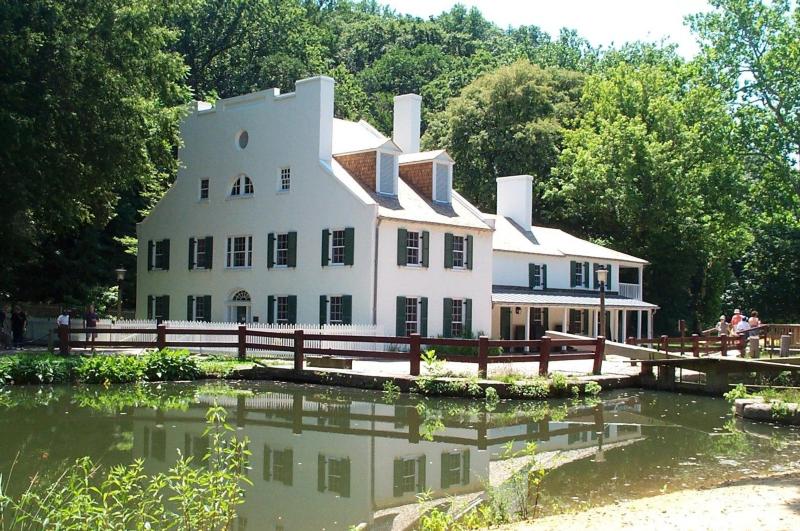
Great Falls Tavern, now the C&O Canal visitor center. Photo from the National Park Service.
Chesapeake and Ohio Canal National Historic Park
Preserving America’s early transportation history, the C&O Canal began as a dream of passage to Western wealth. Operating for nearly 100 years the canal was a lifeline for communities along the Potomac River as coal, lumber and agricultural products floated down the waterway to market. Today it endures as a pathway for discovering historical, natural and recreational treasures! The park also offers public boat rides, hiking and biking, a full visitor center, and camping.
Fort Frederick State Park
Fort Frederick State Park is a Maryland State park surrounding the restored Fort Frederick, a star fort active in the French and Indian War and the American Revolutionary War. The park is south of the town of Big Pool on the Potomac River; the Chesapeake and Ohio Canal runs through the park grounds. The site was designated a National Historic Landmark in 1973. In addition to tours, displays, and exhibits at the fort, the park also offers a campground, fishing in Big Pool Lake, picnicking facilities, and a nature trail. The 23-mile Western Maryland Rail Trail begins immediately to the west of the park.

